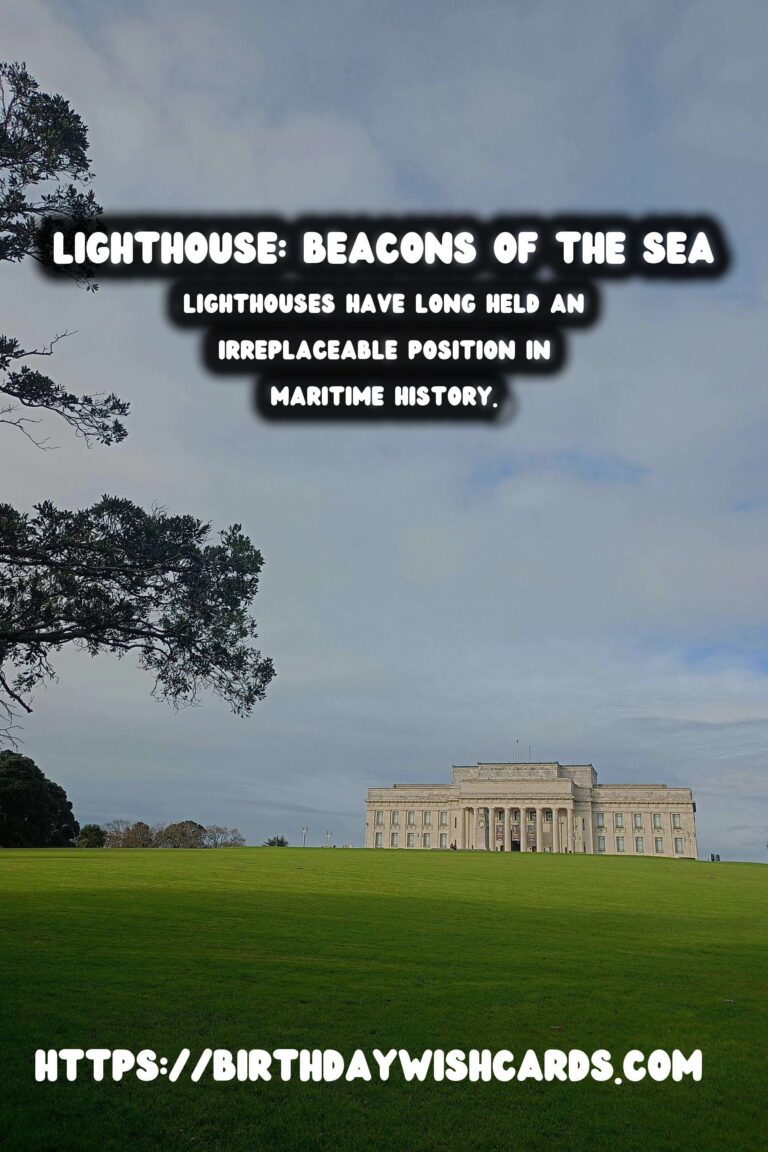![]()
Lighthouses have long held an irreplaceable position in maritime history. Acting as guiding beacons for ships navigating through treacherous waters, these towering structures have saved countless lives and prevented numerous shipwrecks.
In this article, we delve deep into the roles and stories of some of the world’s most remote historical lighthouses. These isolated structures not only guided maritime traffic but also became symbols of human resilience and ingenuity.
The Origin and Evolution of Lighthouses
The concept of using light to guide vessels traversing night seas or guiding them away from dangerous rocks dates back to ancient times. Early methods included bonfires lit on hilltops to serve as signals for incoming ships. Over time, these evolved into complex structures equipped with sophisticated technology.
The Pharos of Alexandria, one of the Seven Wonders of the Ancient World, stands out as a pioneering example. Built in the 3rd century BC, it set the blueprint for future lighthouse architectures.
Technological Advancements
As navigation techniques evolved, so did lighthouse technology. Early lighthouses employed open flames, while later models utilized Fresnel lenses that amplified light intensity, making them visible over longer distances.
Modern automation and electrical lighting have replaced traditional oil and gas lamps, making lighthouses more efficient and less reliant on human operations. Despite technological advances, the foundation and purpose of lighthouses remain unchanged.
Famous Remote Lighthouses
Farallon Islands Lighthouse, USA
Nesting amidst California’s rugged island terrain, the Farallon Islands Lighthouse, established in 1855, stands tall against the test of time. Despite its remoteness, innovations in engineering ensured its legendary status in maritime history.
Bishop Rock Lighthouse, UK
Often dubbed the world’s smallest island with a building, Bishop Rock rises dramatically from the Atlantic Ocean. Completed in 1858, this lighthouse sits at the extreme southwestern tip of the UK, playing a critical role in ensuring safe passage for ships heading into or coming from the North Atlantic.
Impact on Seafaring
Lighthouses like those on Cape Hatteras and Skellig Michael are testaments to humanity’s drive for innovation and survival. They serve as physical reminders of maritime legacies, shaping international trade and cultural interactions for centuries.
Each lighthouse has a unique narrative, bearing witness to the tales of maritime trade, warfare, migration, and exploration.
The Future of Lighthouses
Even in an age dominated by GPS and advanced navigation systems, lighthouses remain relevant. They offer critical redundancy and stand as poignant reminders of our maritime past.
As the world progresses, so too will these storied guardians adapt. The preservation of historical lighthouses is crucial, serving both educational and symbolic purposes.
In conclusion, remote historical lighthouses are more than mere guides for ships; they are monuments celebrating human perseverance and maritime heritage.
Lighthouses have long held an irreplaceable position in maritime history. Each lighthouse has a unique narrative, bearing witness to the tales of maritime trade, warfare, migration, and exploration.
#Lighthouses #MaritimeHistory

